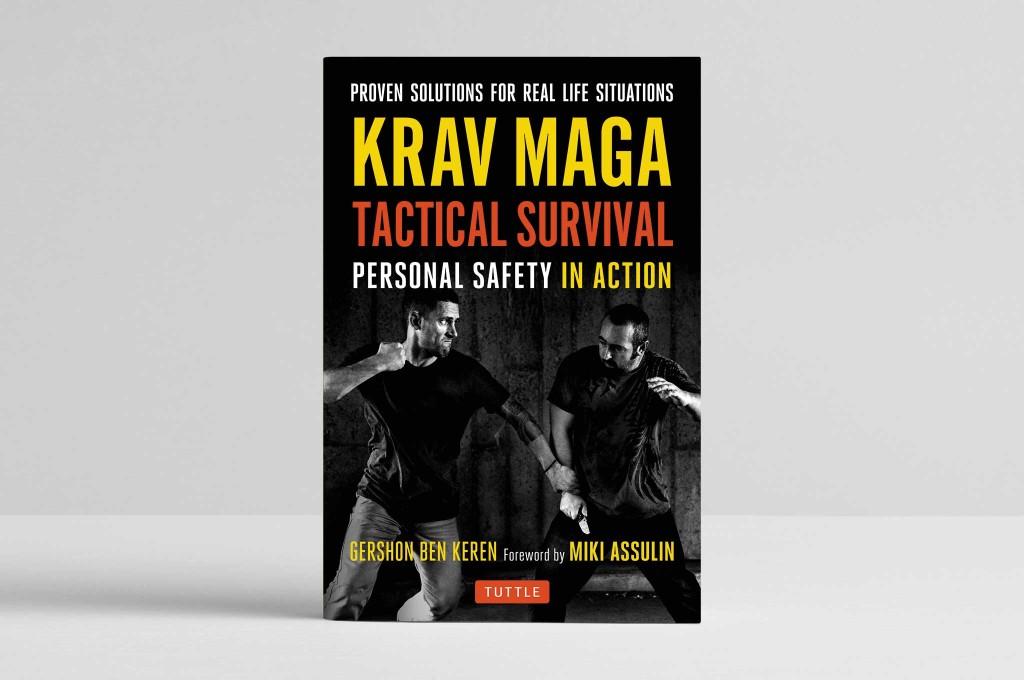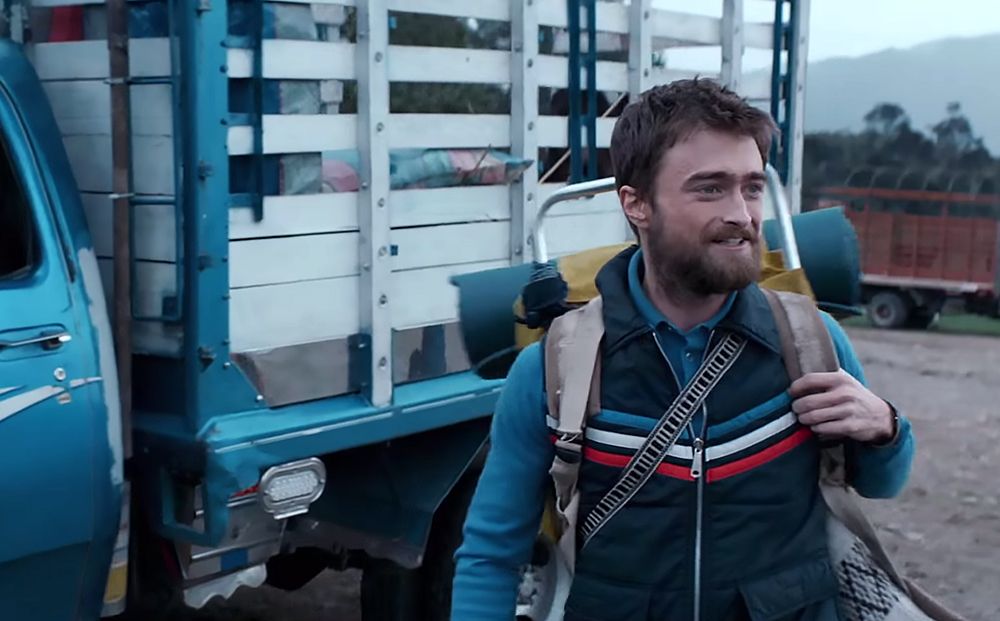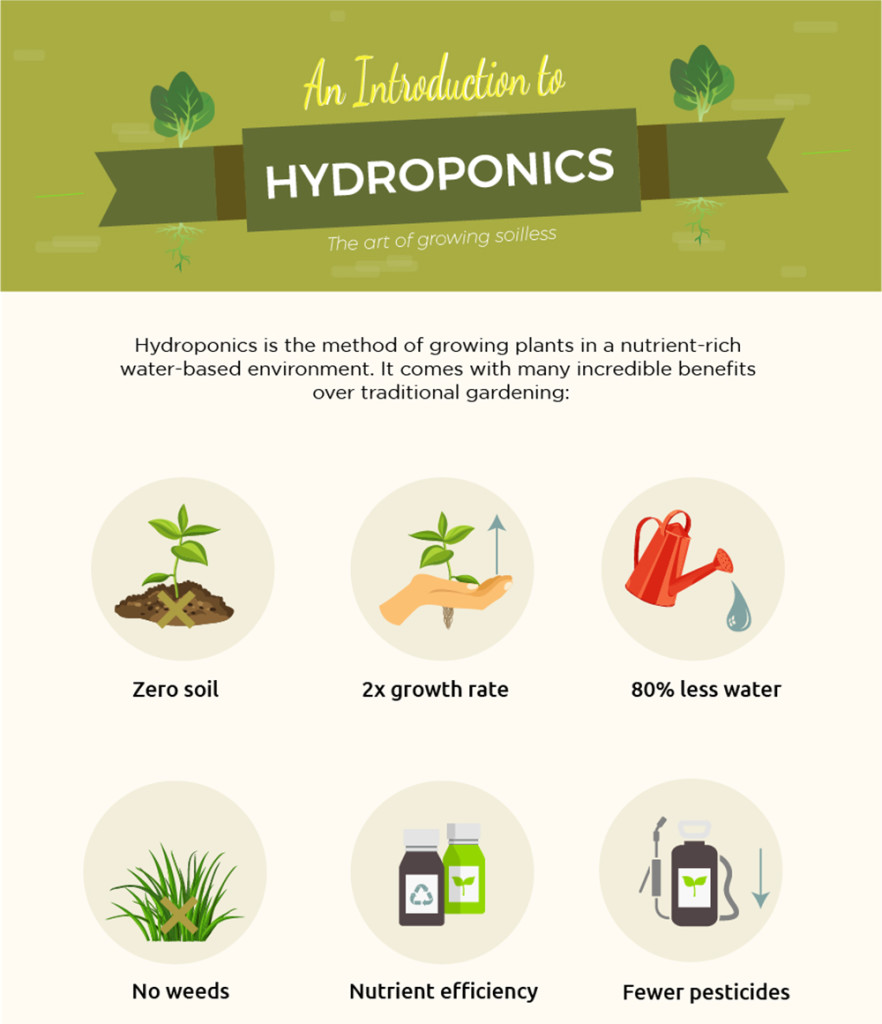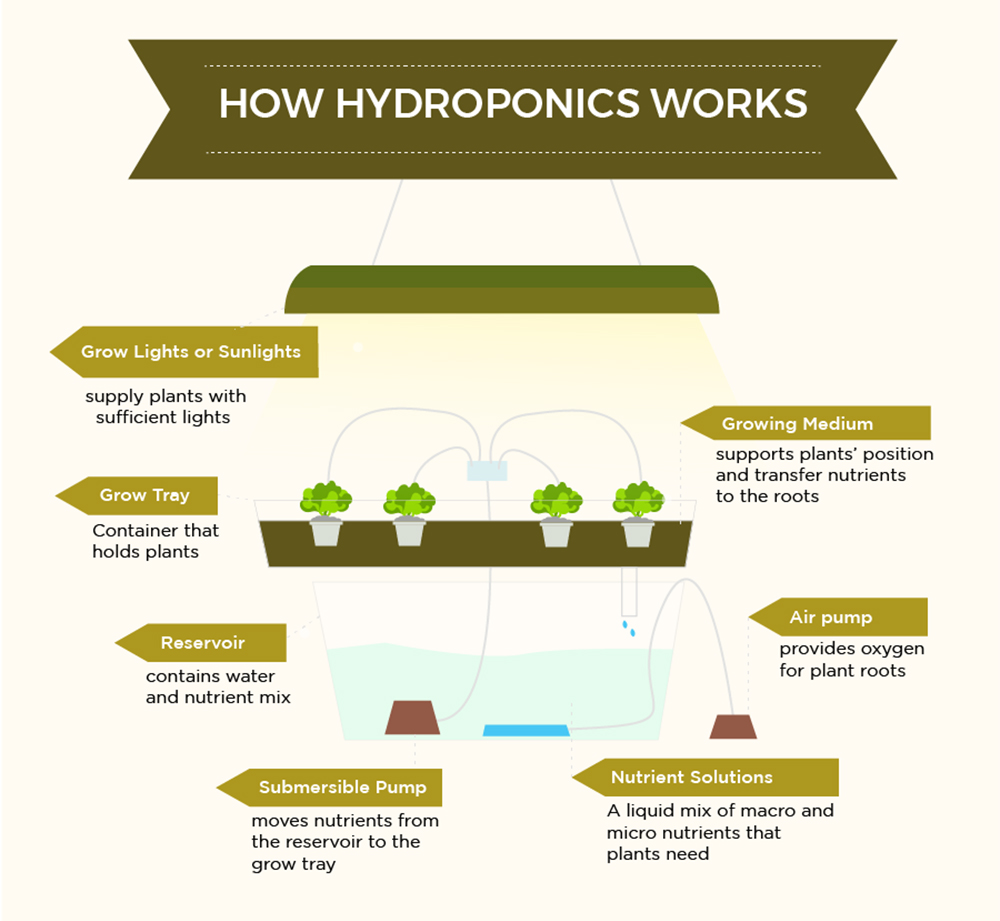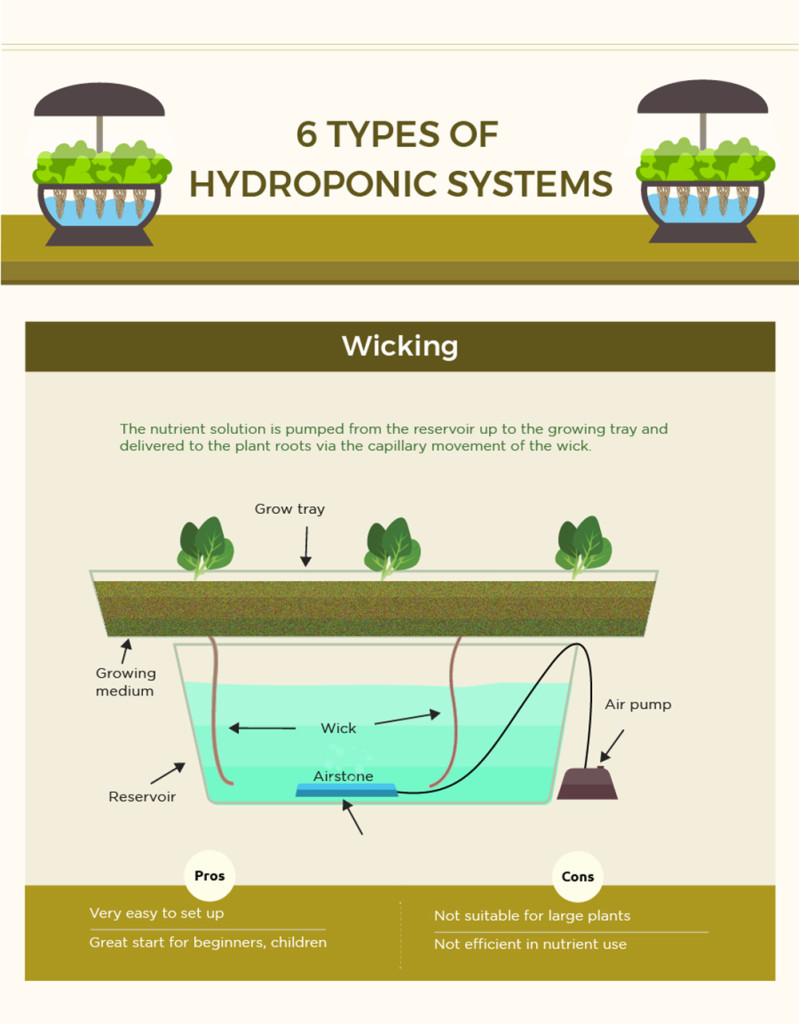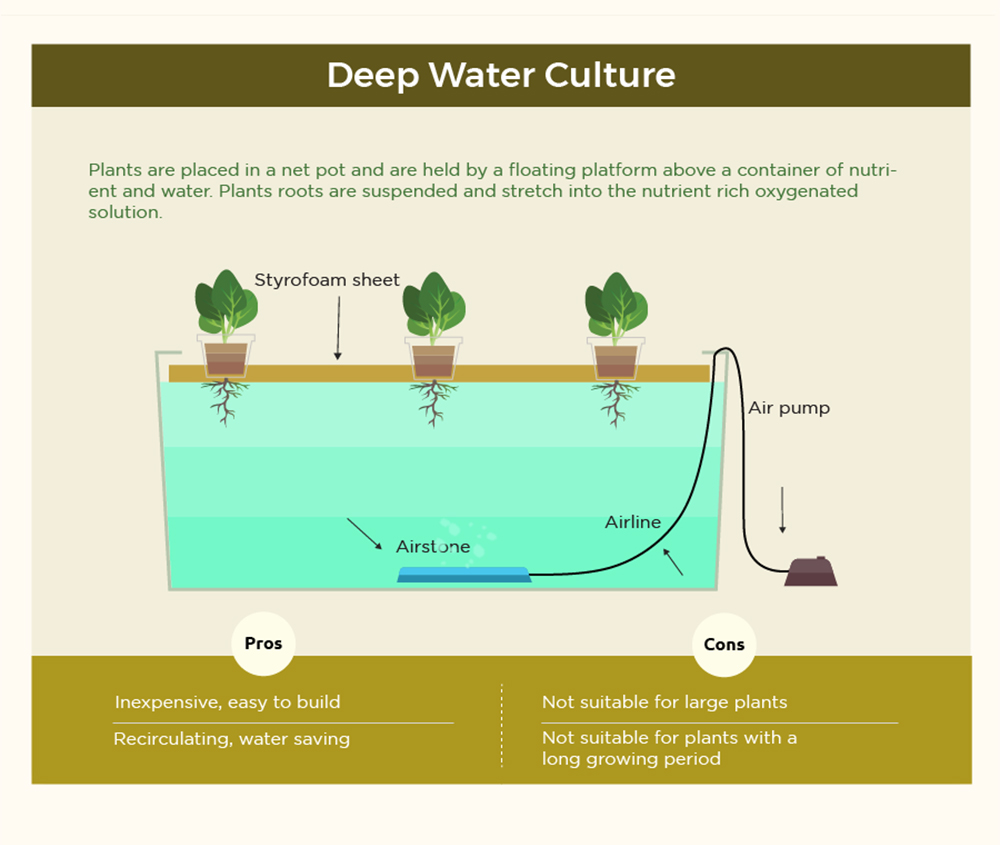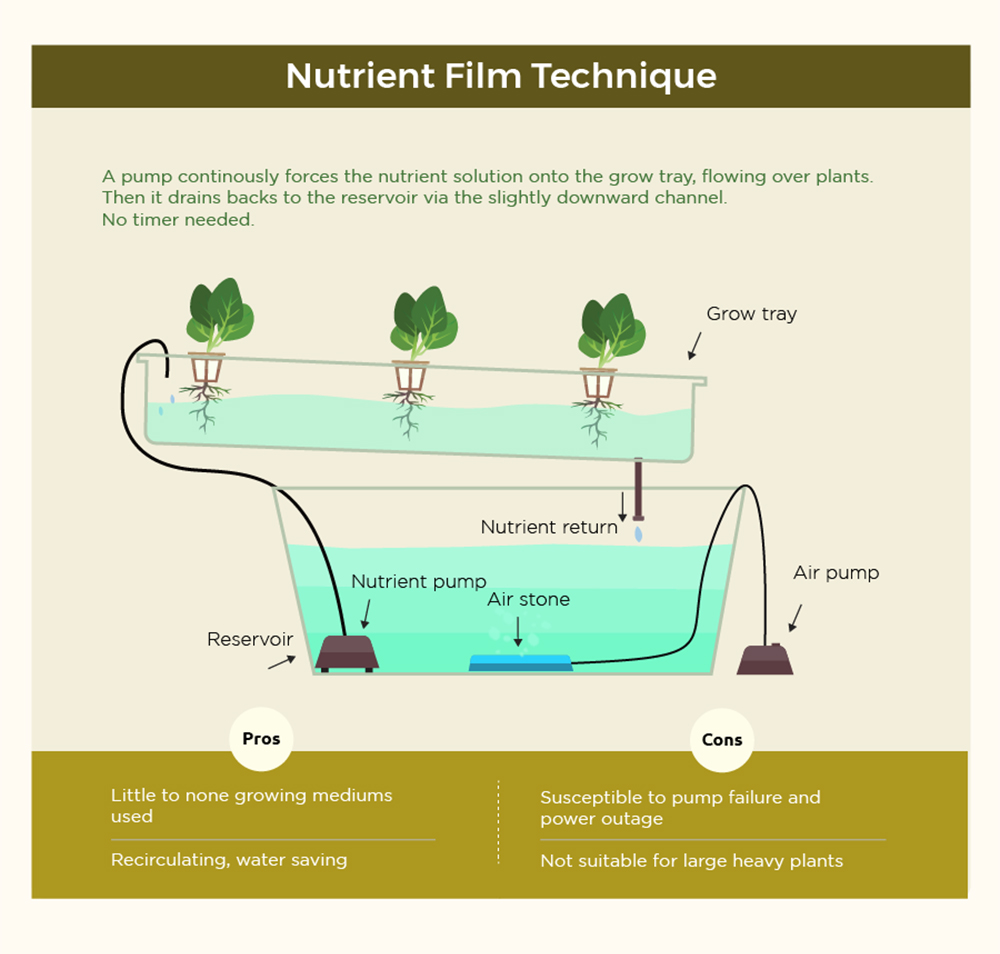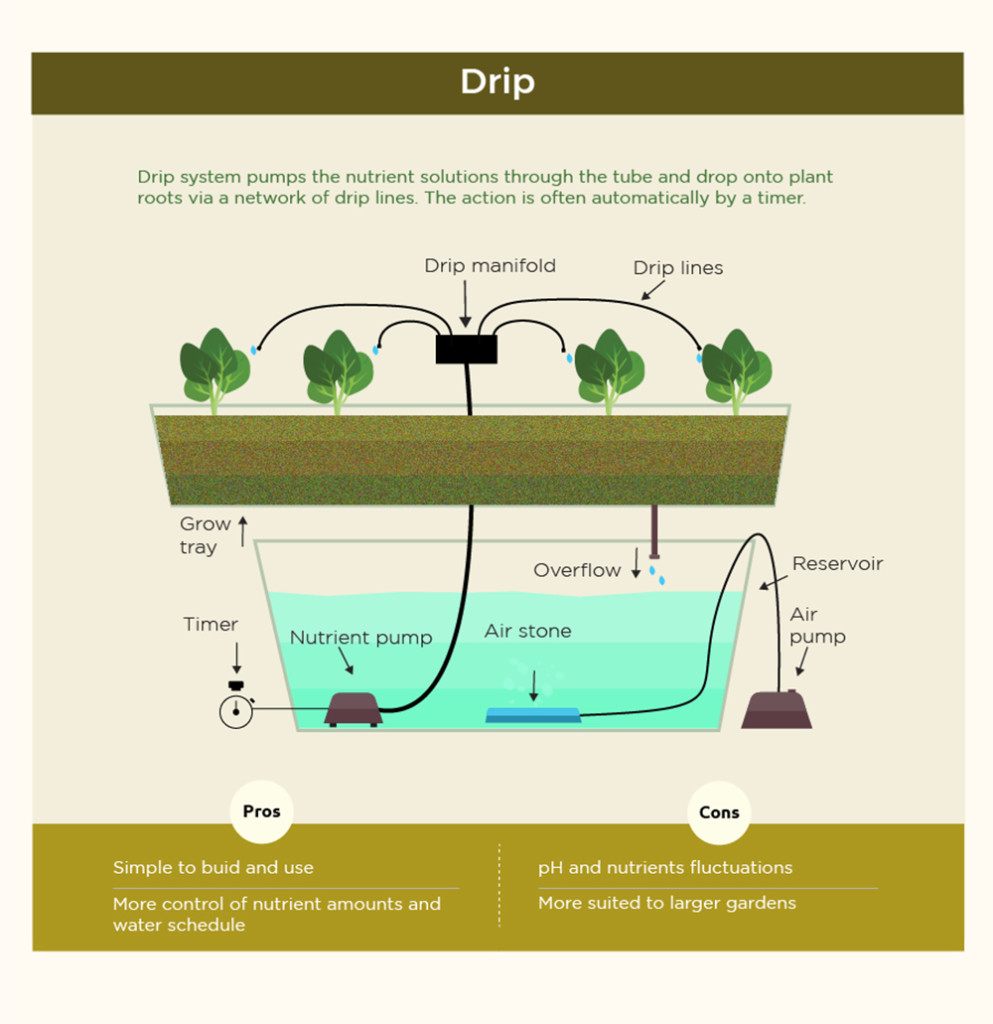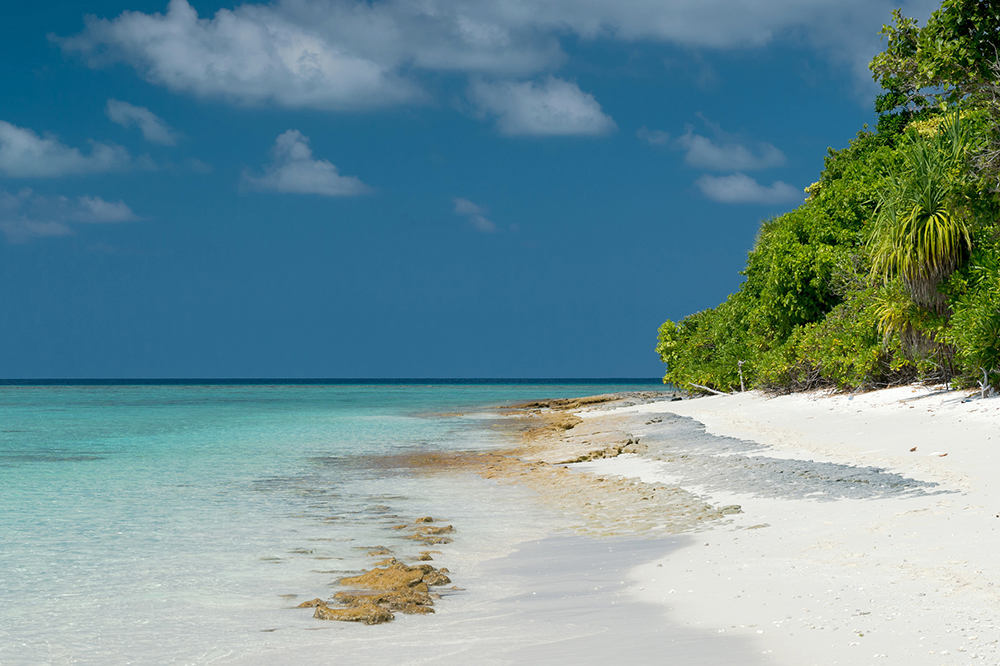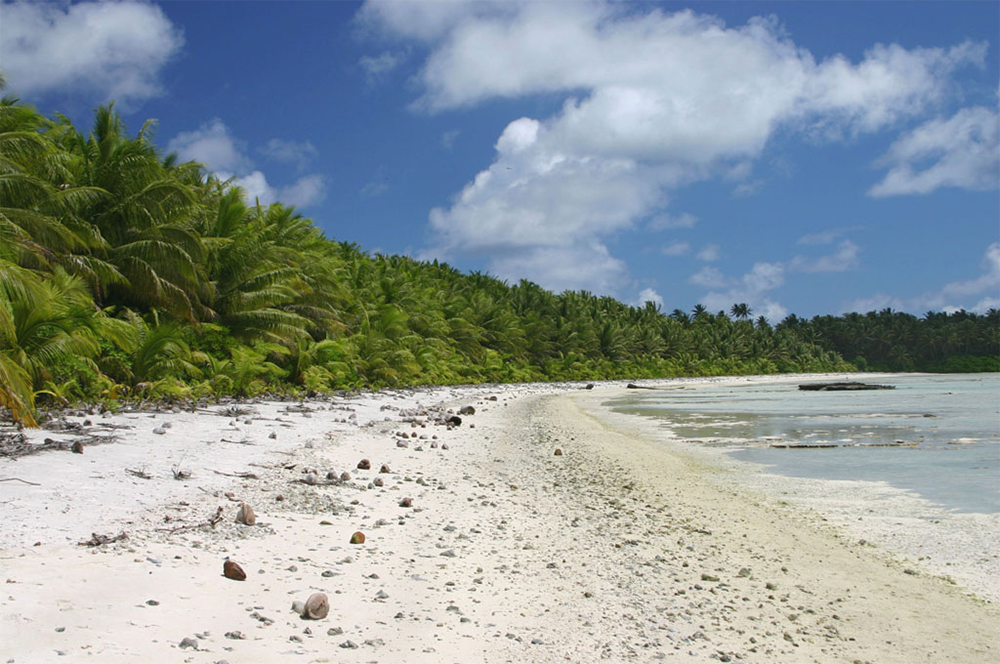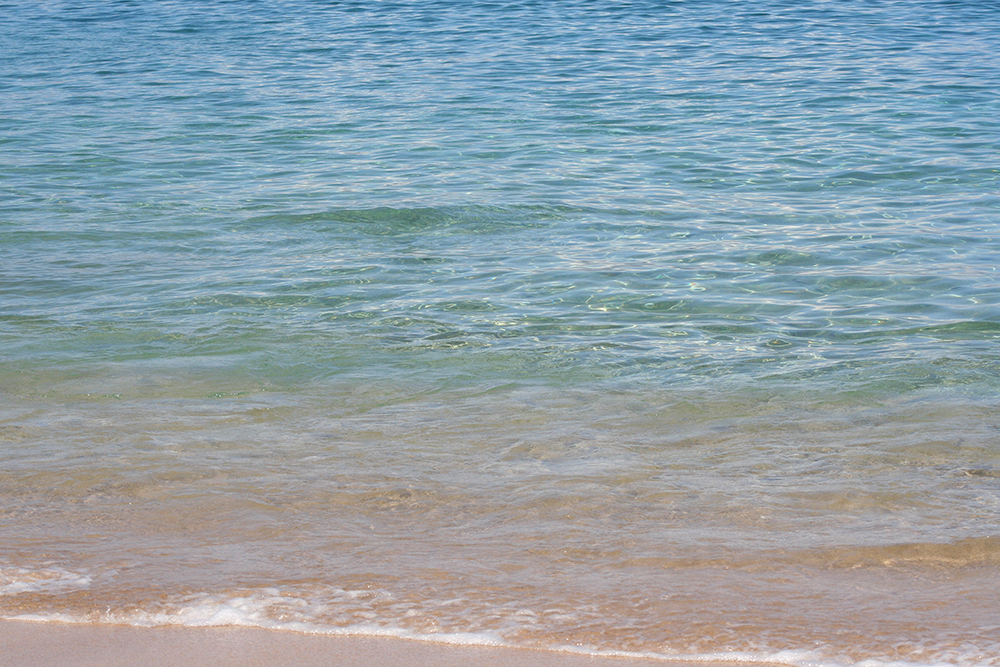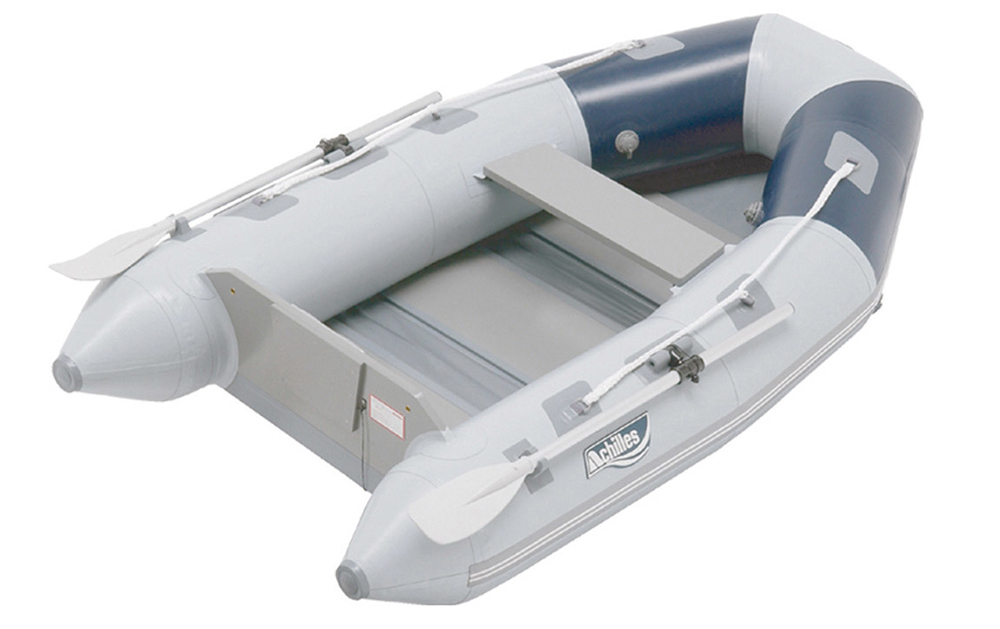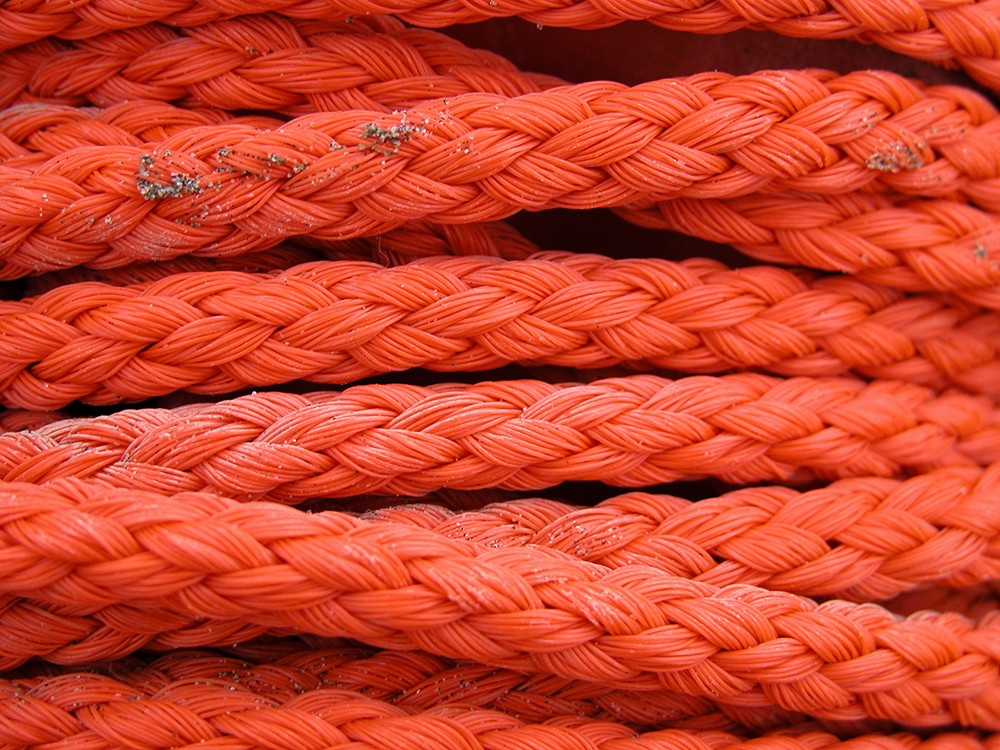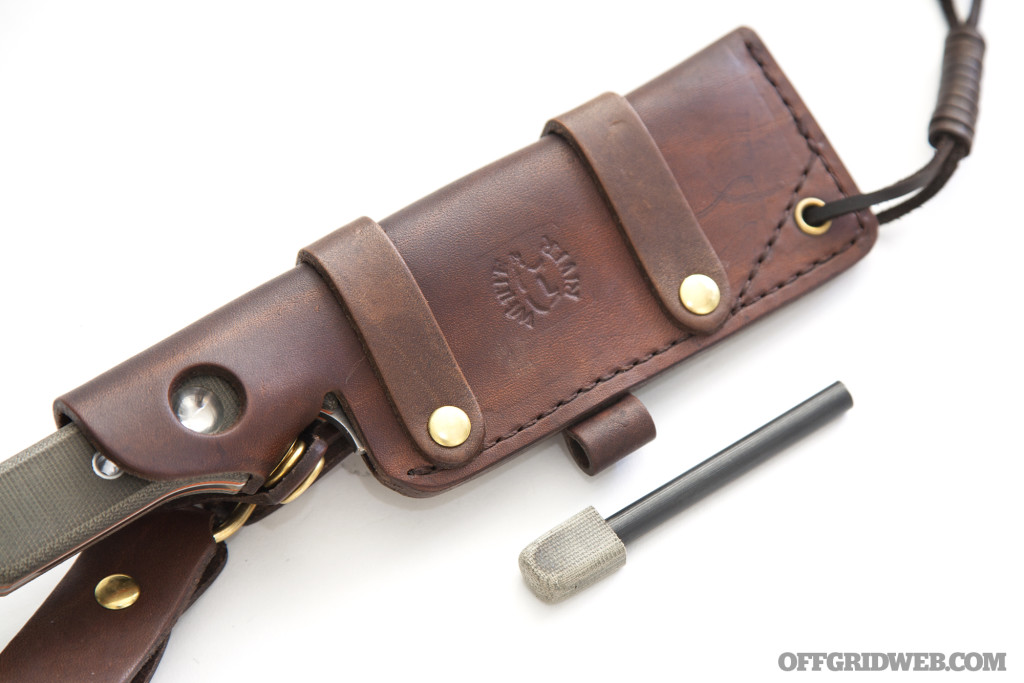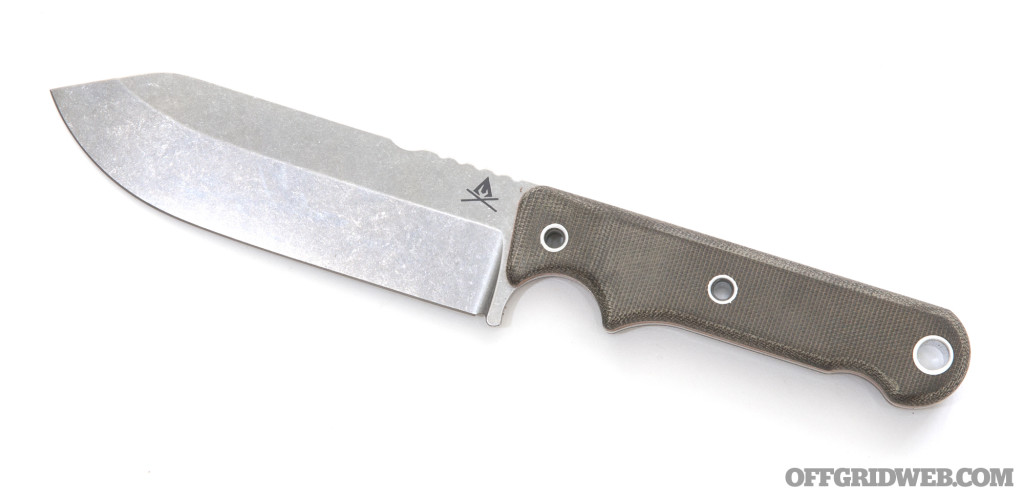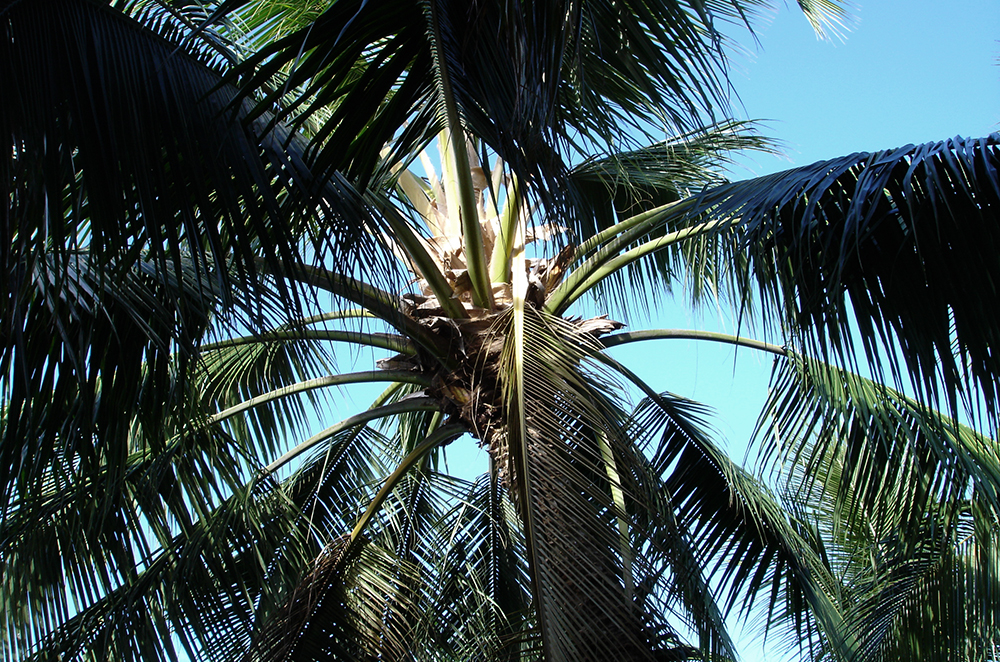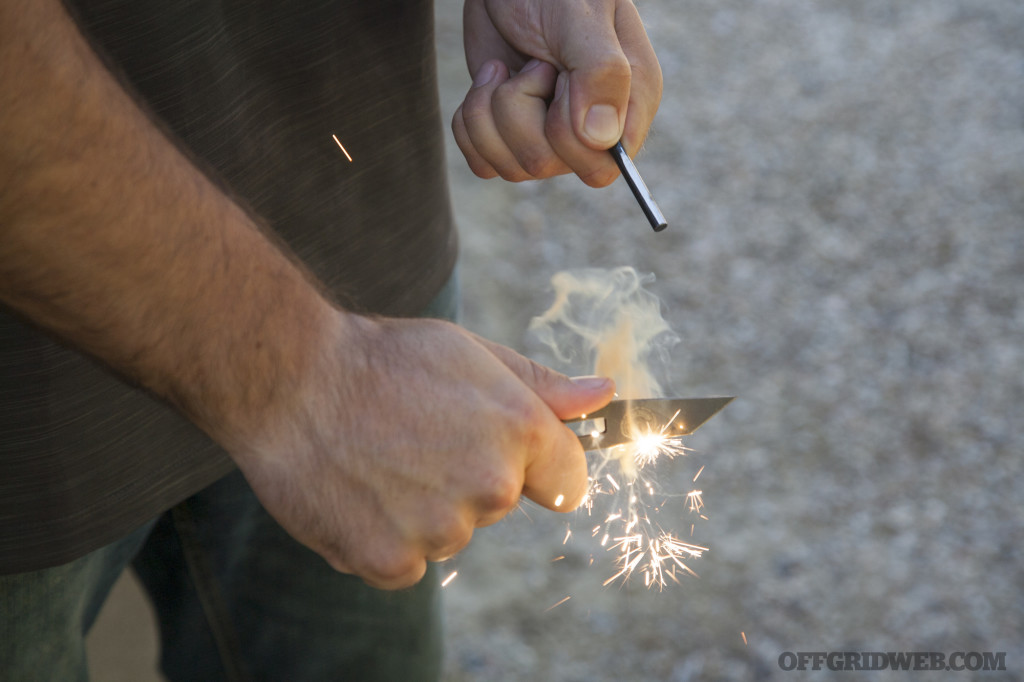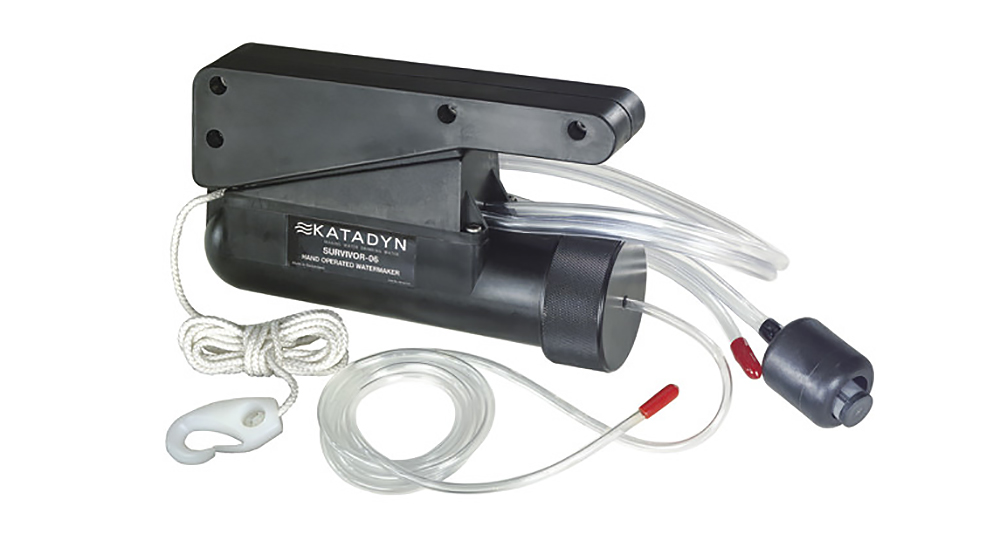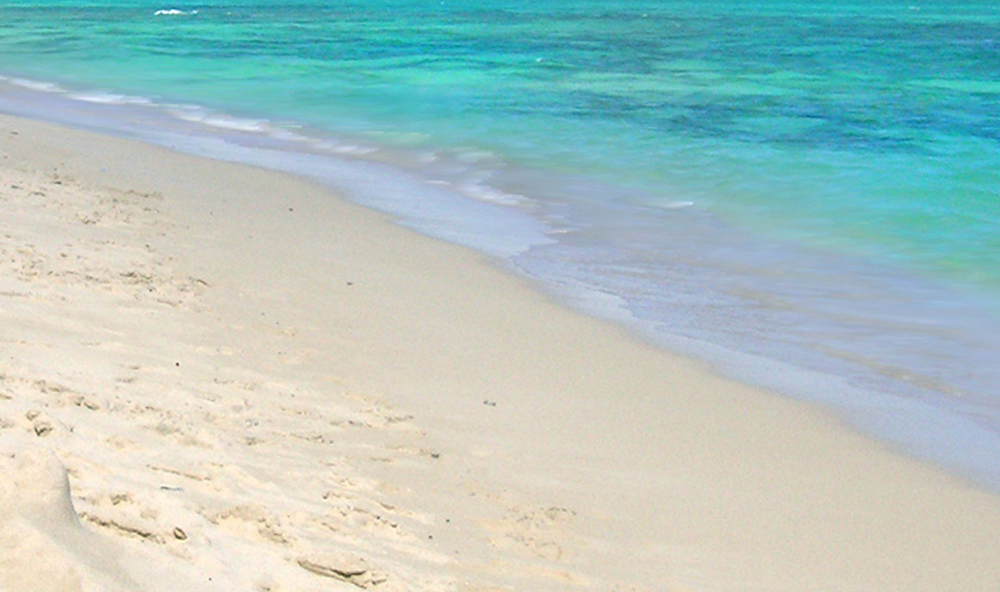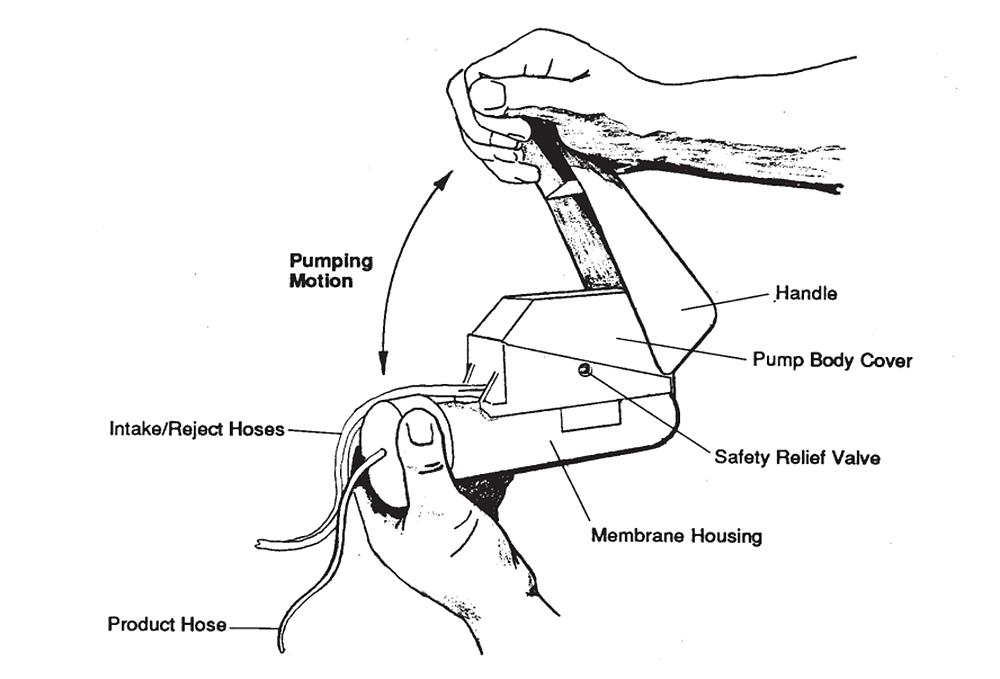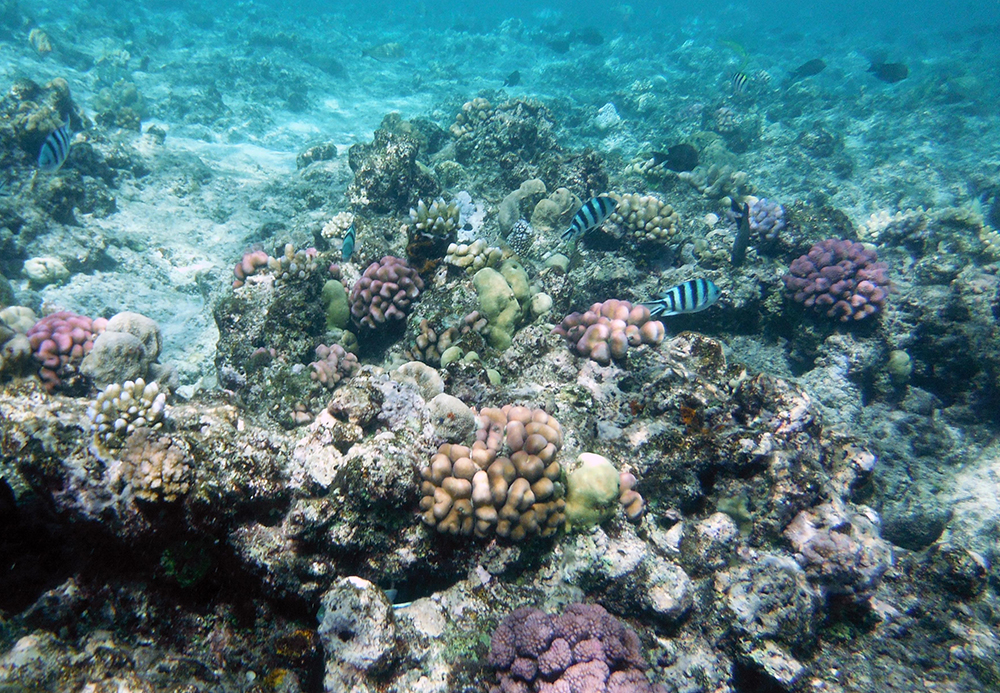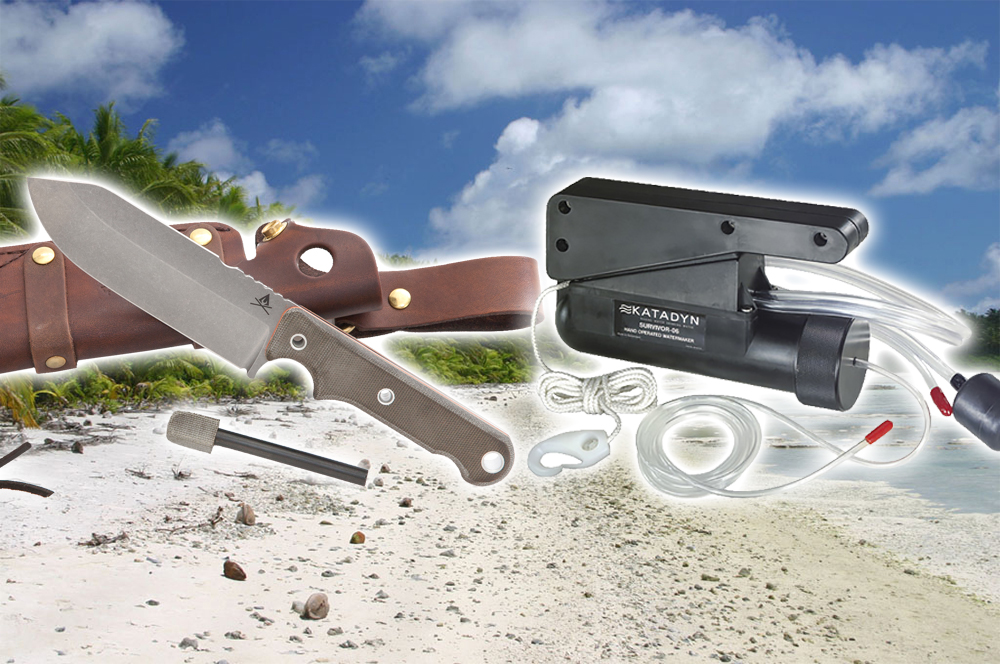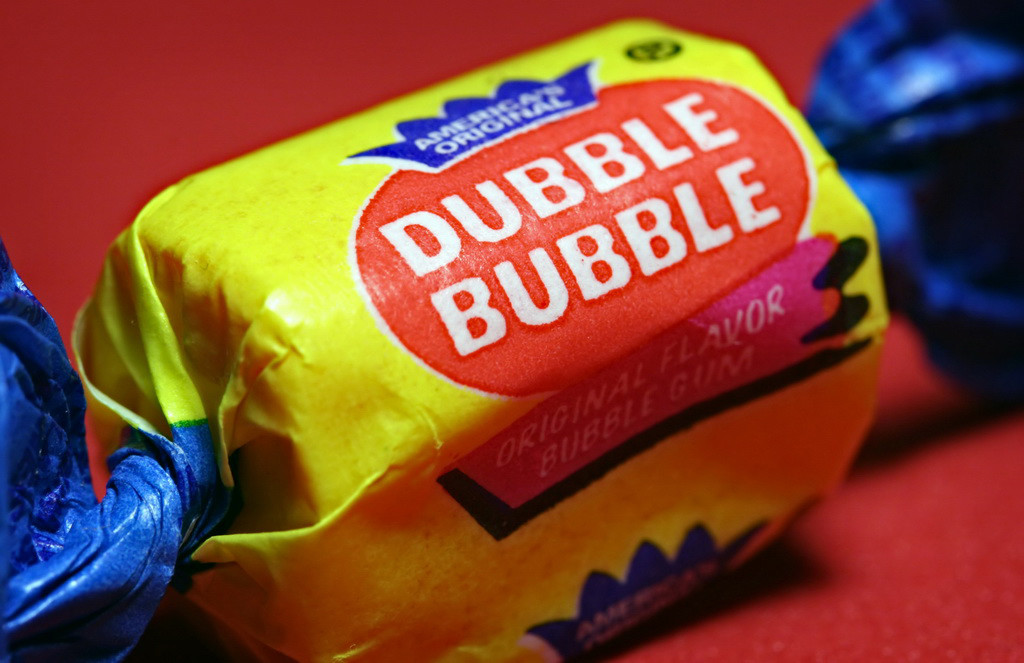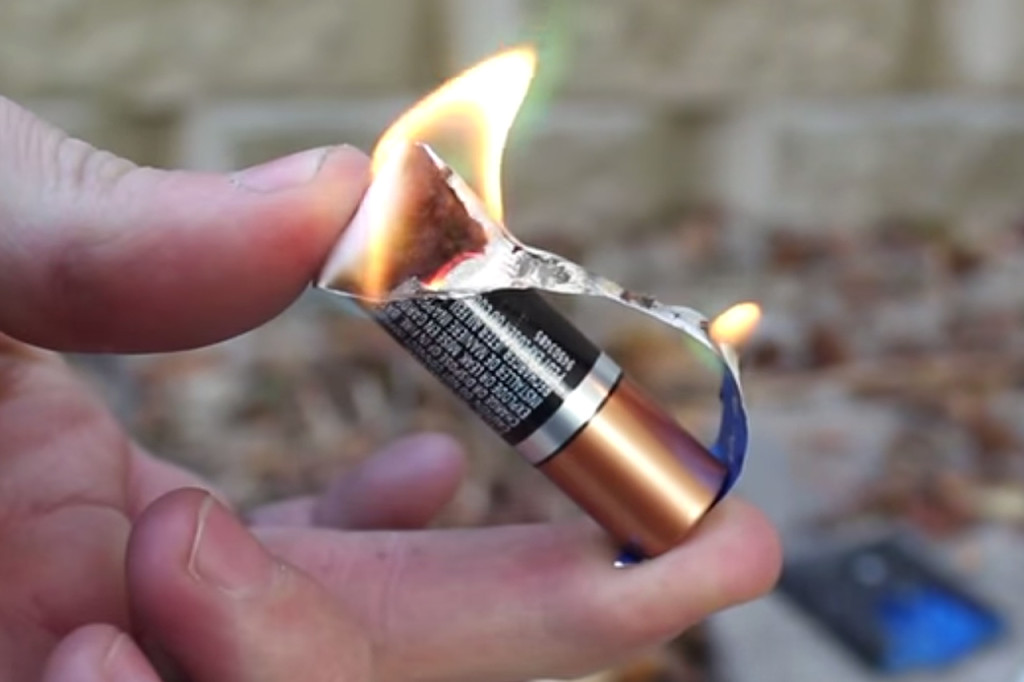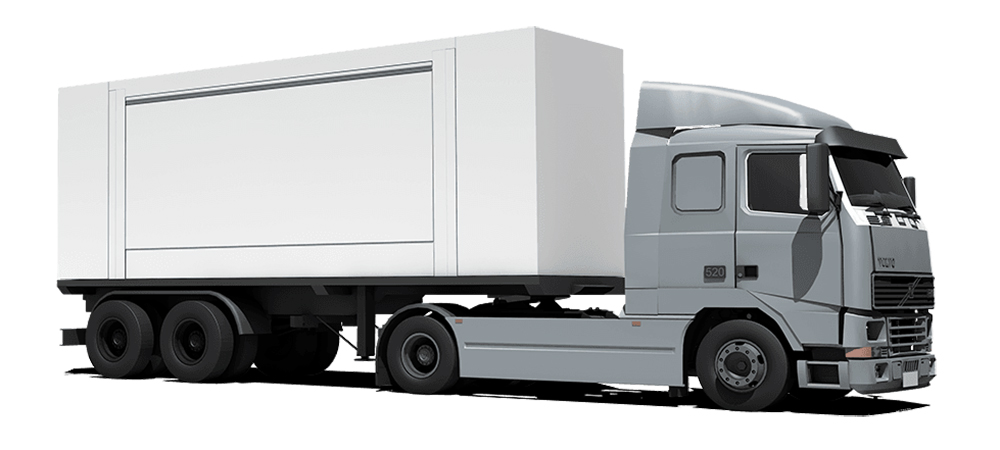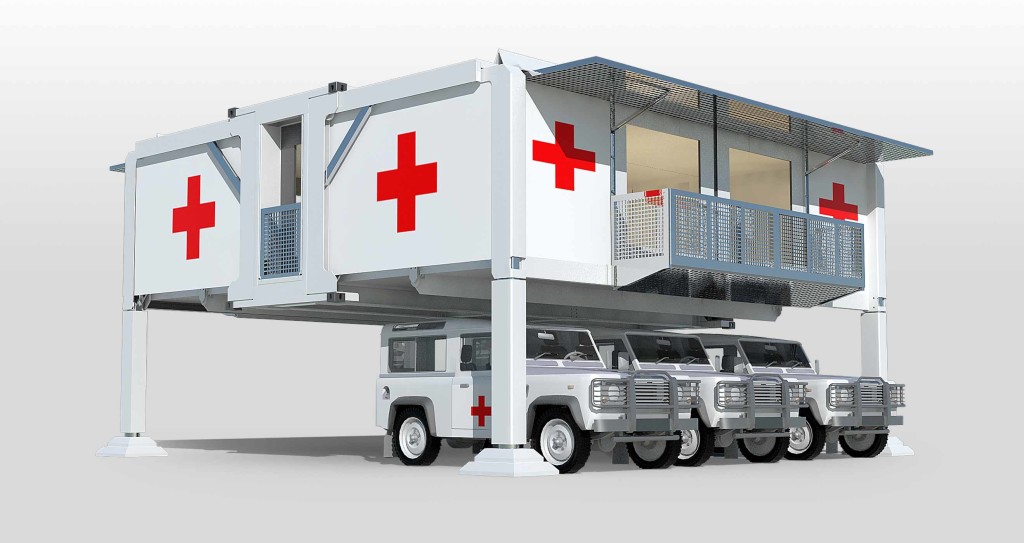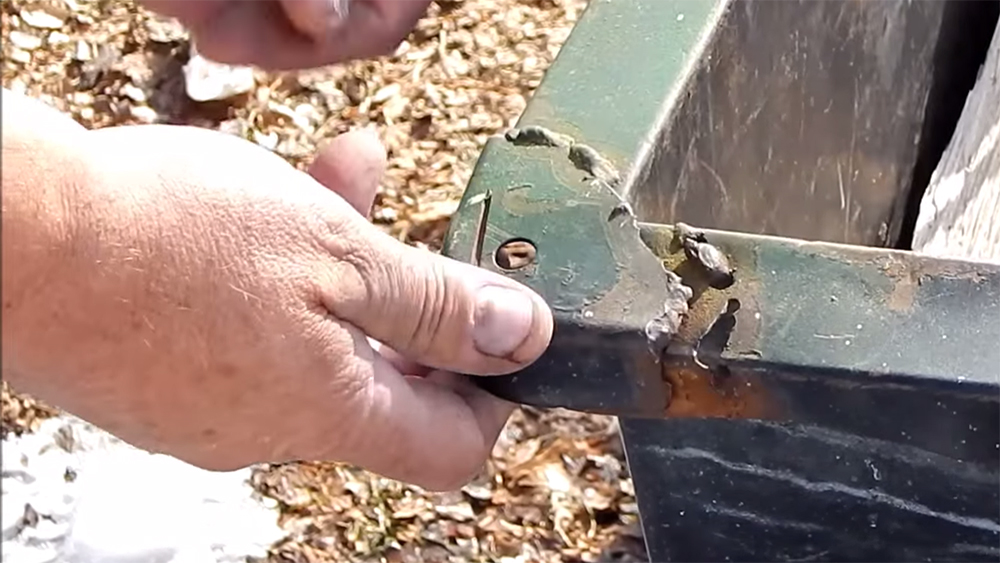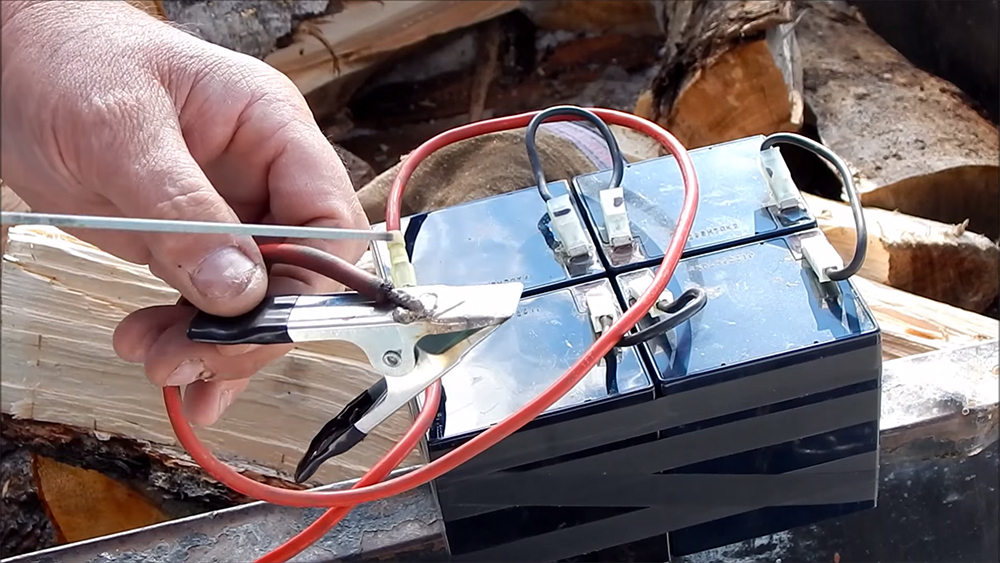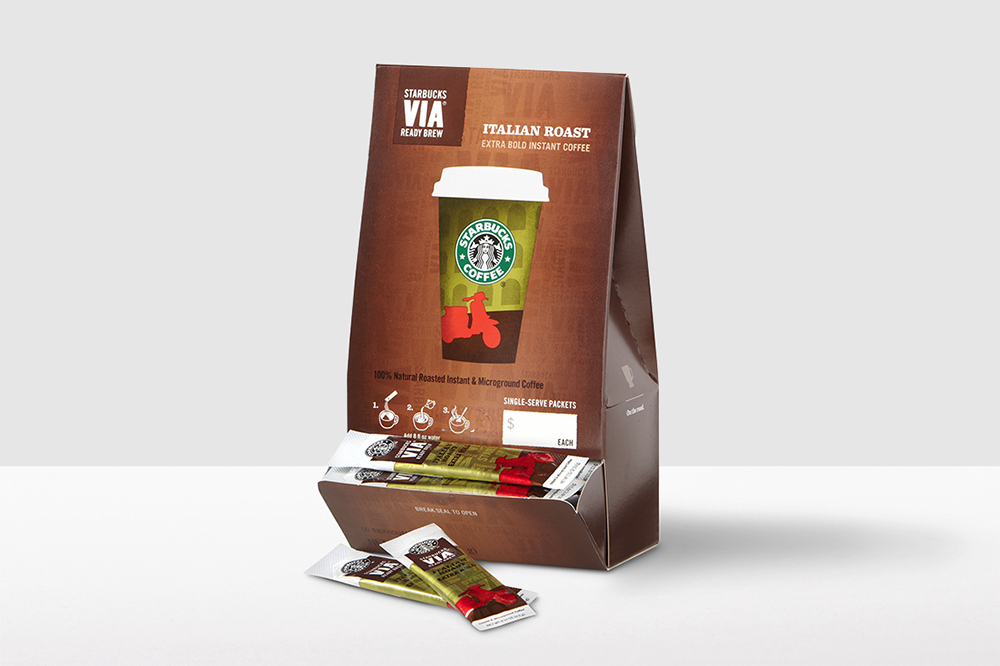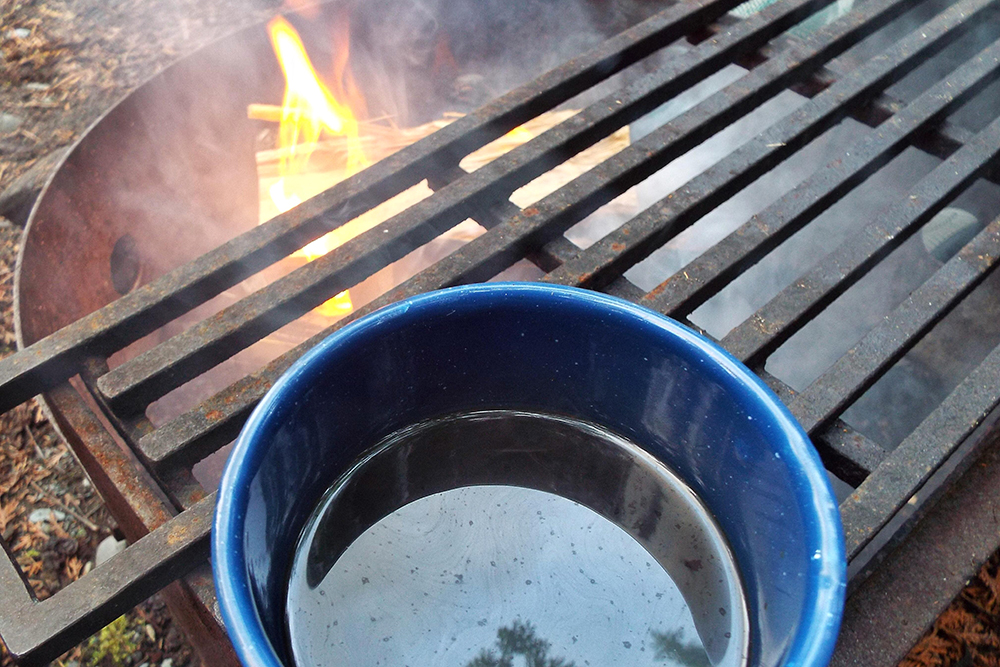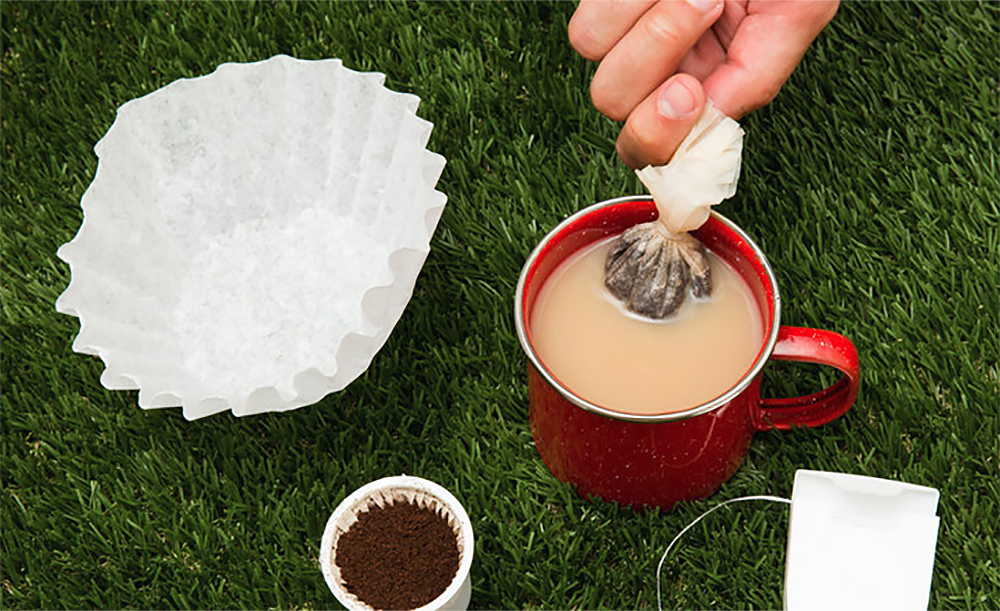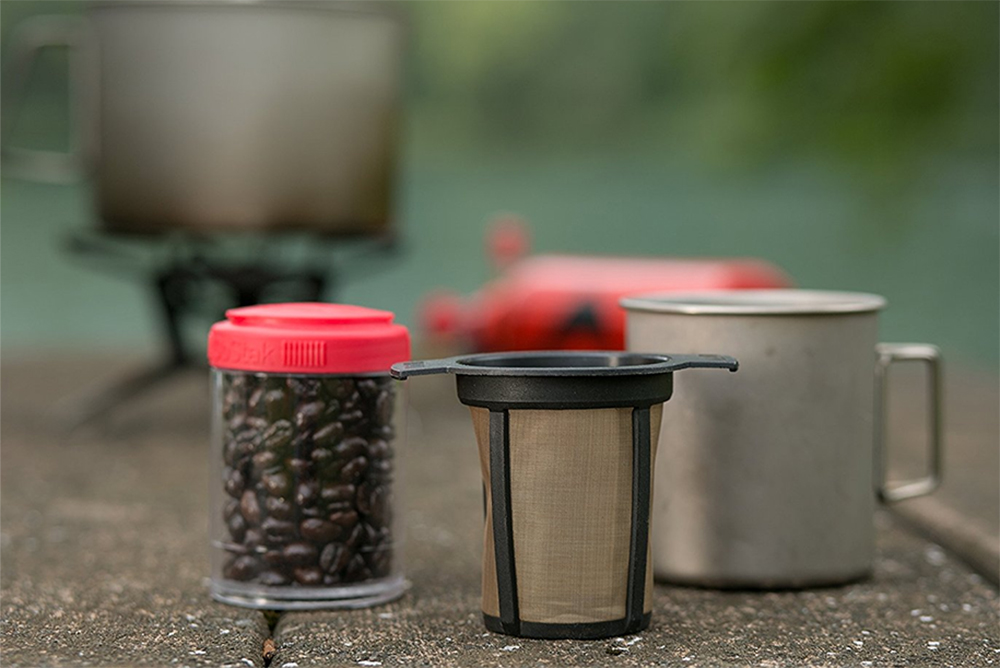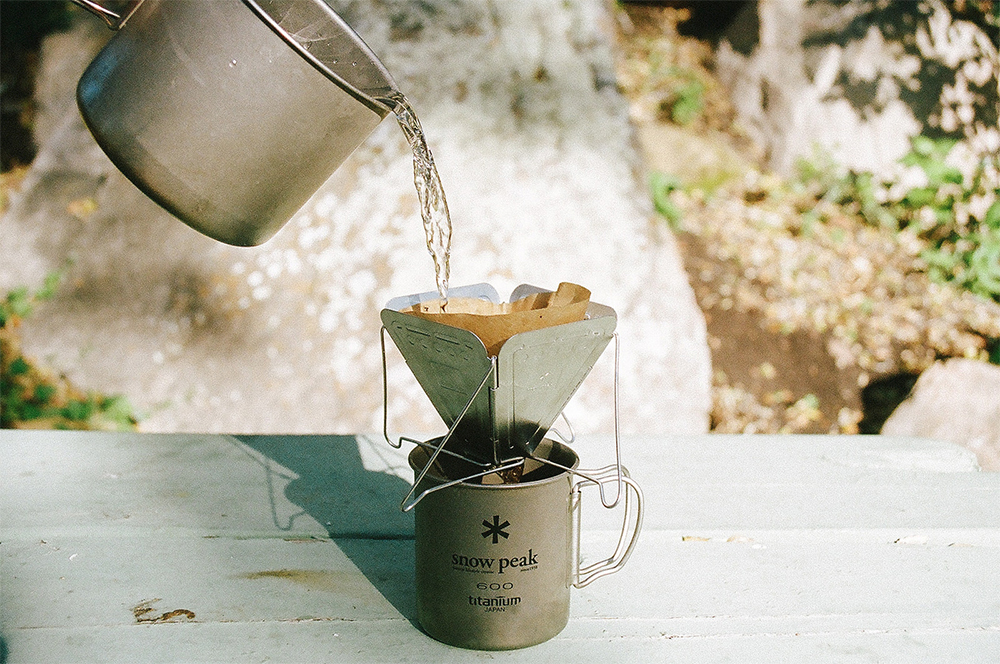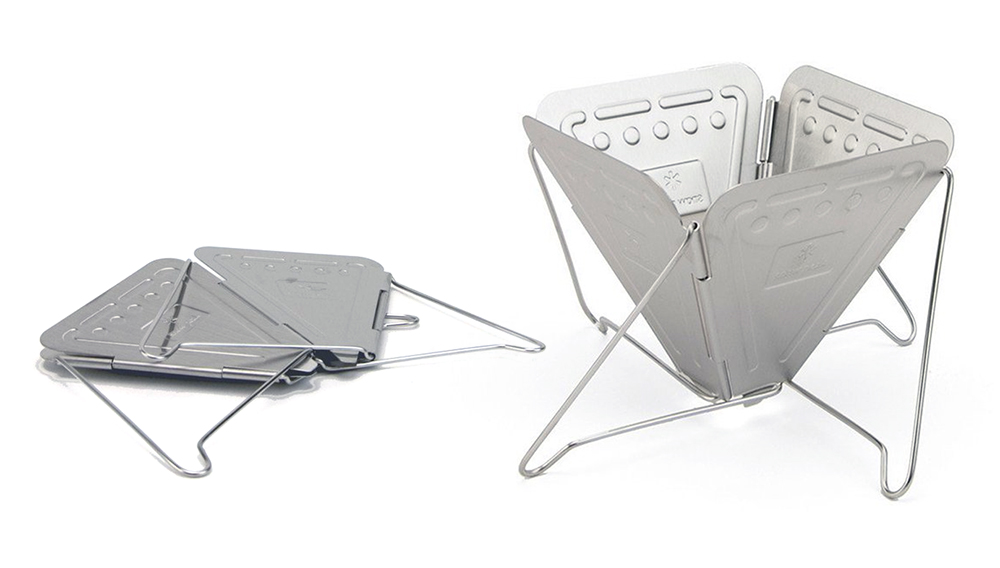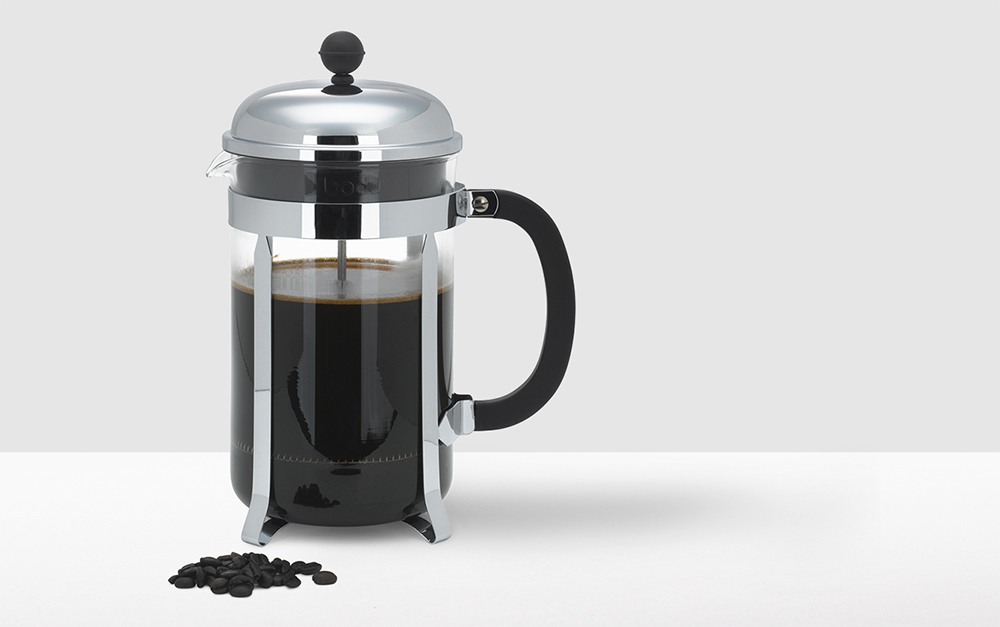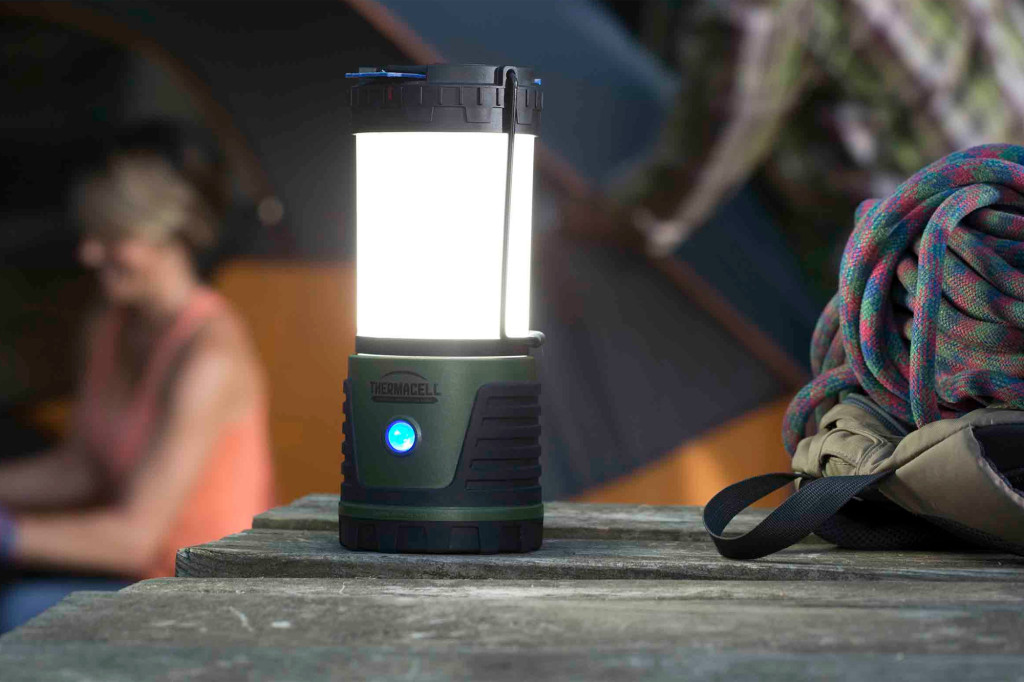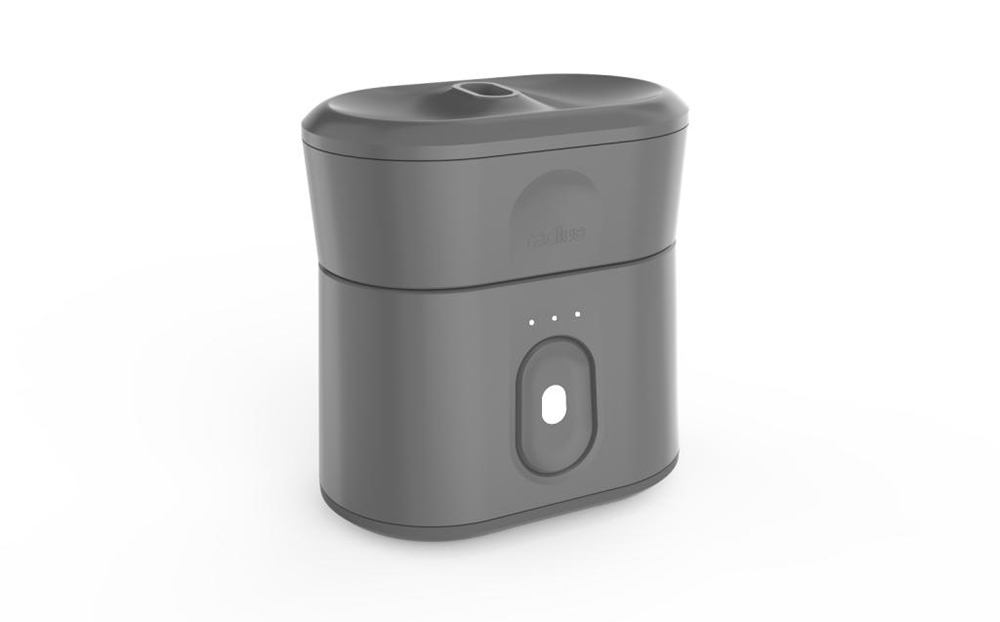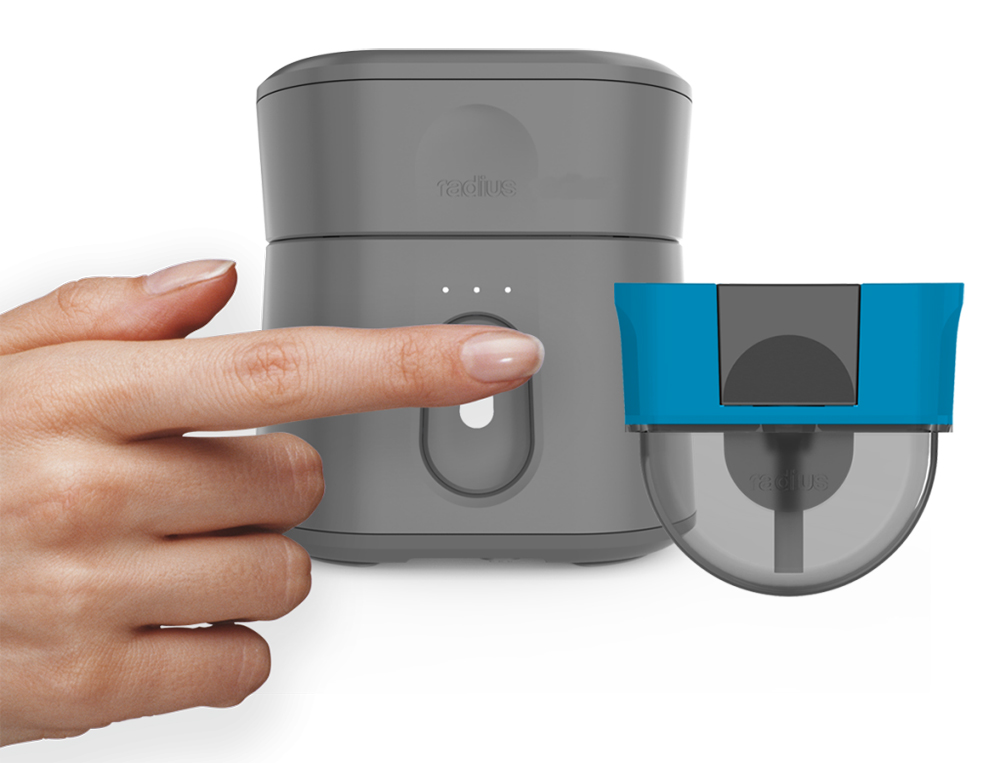The Premise: Want to learn how to defend yourself in unarmed combat? If this is the case, Krav Maga Tactical Survival: Personal Safety in Action might just be what the doctor ordered. This comprehensive volume delivers knowledge on surviving many violent situations — from barroom brawls to parking lot beat-downs (and many others in-between).
The 411: The author, Gershon Ben Keren, is a fifth-degree black belt in Krav Maga and a second-degree black belt in judo. He also holds a master's degree in psychology and has performed academic research on violence against women. He currently runs Krav Maga Yashir Boston, a training facility in Massachusetts' capital.
What's Krav Maga? Is that what you dip into your hummus? Nope, it's the official combatives system for the Israel Defense Forces. The techniques and concepts of this system have been pressure-tested again and again, on battlefields and in urban environments. Krav Maga (which translates to “contact combat”) was founded by Imi Lichtenfeld in the late '30s. Today, Krav Maga incorporates elements of boxing, Thai boxing, jujutsu, aikido, judo, and good ol' fashioned street fighting.
Krav Maga Tactical Survival is Keren's second book. It's broken down into four parts: strikes and blocks; weapons defense — namely against firearms and knives; unarmed assaults; and throws and takedowns. He promises no crossover techniques from his first book, Krav Maga: Real World Solutions to Real World Violence.
The Verdict: The pages are thick and the pictures colorful and clear. Unlike many martial arts how-to books photographed in a dojo, the pictures are staged at real locations, highlighting the gravity of close-quarter conflicts.
An exhaustive quantity of violent situations are covered. You could get into a fight every week for the rest of your life and still not encounter all the scenarios described.
Situational awareness is analyzed throughout the book. Awareness of your surroundings belongs in every personal protection manual because that skill, more than anything else, will save your hide. Improvised weapons are also examined, such as smashing a ceramic plate and using the jagged edges for cutting.
Another unique feature rarely seen in other self-defense books is how to employ situational awareness to spoil the assailant's weapon draw. Why wait for the weapon to come out? Well Keren doesn't. Instead he shows the steps to dish out punishment while keeping the attacker's weapon sheathed.
Krav Maga Tactical Survival is first-class in its genre, so the following critiques are relatively minor.
As mentioned, the book presents numerous techniques, making it difficult for beginners to sort out common attacks from the less-likely assaults. As you train for self-defense, consider spending the majority of training time on common attack scenarios. For example, it doesn't make sense to dedicate an equal amount of time drilling a common right haymaker attack as you would with an uncommon knife-threat-from-behind abduction scenario.
Also, many of the savage strikes shown in the first section are never seen again. The hammer fist, elbow strikes, cradle throat strike, and the humble bite are all proven techniques in street fights. Yet, they receive little page real estate during the force-on-force scenarios.
Despite the minor criticisms, Krav Maga Tactical Survival is hard to beat (pun intended). It represents a solid combatives manual and undoubtedly stands alone in a crowded genre. We bet reading Keren's first book, along with this sequel, will give you more (self-defense) tools than your local Home Depot.
| Krav Maga Tactical Survival: Personal Safety in Action | |
|---|---|
| Author | Gershon Ben Keren |
| Publisher | Tuttle Publishing |
| MSRP | $18 |
| URL | www.tuttlepublishing.com |
| Pages | 224 |
| Rating | Thrive |
More From Issue 21
Don’t miss essential survival insights—sign up for Recoil Offgrid's free newsletter today!
- Swiss Army Knife Uses: Ultimate Guide To A Classic Tool
- 5 Solar Ovens That Turn Sunshine into Mealtime
- Insect Repellent 101
- A Buyer's Guide to UPF Shirts
- Building a DIY Parabolic Solar Cooker
- Beam-Focusing Flashlights – HighLights
- OffGrid Issue 21 Gear Up
- What If You're Stranded in the Desert
- 5 Survival Lessons Learned from a Veteran Officer and Trainer
- Survival Hygiene – Wilderness Wash-Up
- Strength and Conditioning for Survival Swimming
- Innova Kayak's Inflatable Halibut Review
- The Myth of Water Rationing While Stranded in the Desert
- Krav Maga Tactical Survival: Personal Safety in Action
Read articles from the next issue of Recoil Offgrid: Issue 22
Read articles from the previous issue of Recoil Offgrid: Issue 20
Check out our other publications on the web: Recoil | Gun Digest | Blade | RecoilTV | RECOILtv (YouTube)
Editor's Note: This article has been modified from its original version for the web.

